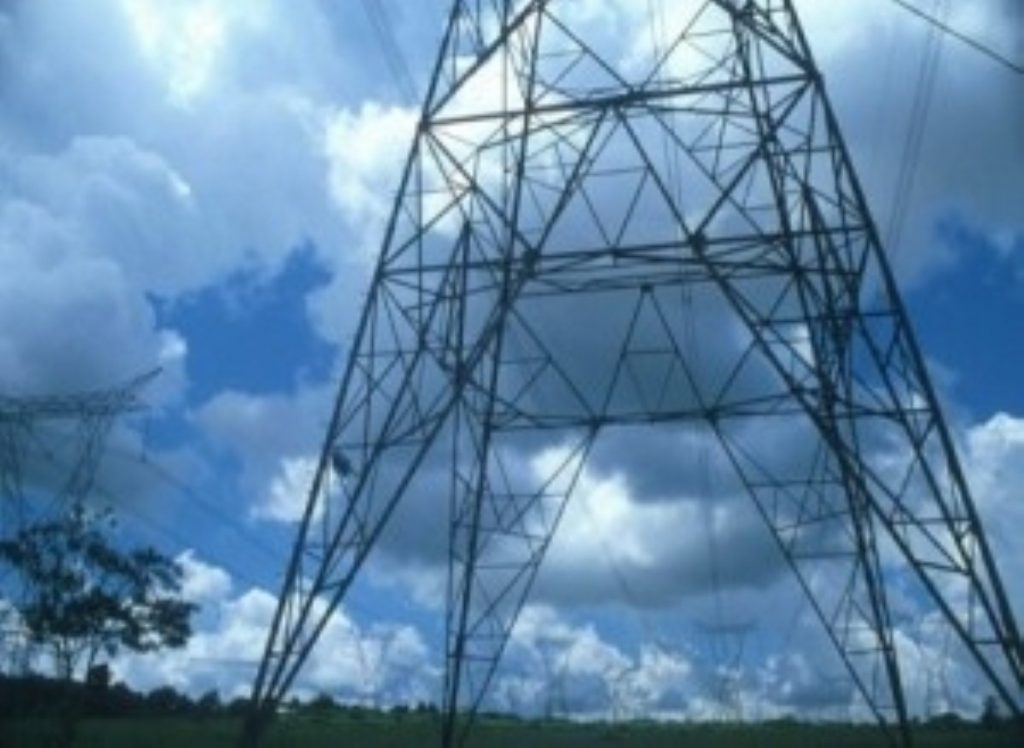Power lines may increase leukaemia risk
Children living near overhead power lines are more likely to get leukaemia, a new study has found.
Research for the British Medical Journal showed that children who lived within 200 metres of high voltage power lines at birth appeared to have a 70 per cent increased risk of leukaemia compared to those who lived over 600 metres away.
But the researchers from Oxford University said the reasons for this were unclear and admitted that the results could be down to chance.
Cancer Research UK said that people who lived near power lines had no need to panic, and stressed that the research did not show that power lines directly caused childhood leukaemia.


Concern over power lines has focussed on the possible effects of the magnetic fields they generate, but one of the study’s authors said it was impossible that such fields were directly responsible for the increased risk.
Dr Gerald Draper said: “It is not magnetic fields, we don’t think. It might be some other effect of power lines but we simply don’t know and there is no evidence.”
He added that even “if it were really causative, we would say that those power lines are causing another five cases of childhood leukaemia a year … it’s not an enormous effect”.
The Government’s Health Protection Agency said in a statement that the findings “would suggest that at least some of the increased leukaemia risk may be associated with factors other than electromagnetic fields”.
The study also showed that those living between 200 and 600 metres from a power line had a 20 per cent increased risk of leukaemia.
Cancer Research UK’s medical director, Professor John Toy commented: “What this paper does not show is that power lines directly cause childhood leukaemia. This may seem confusing, but there may be other more common factors that exist in these areas that contribute to the apparent increased risk.
“The numbers of cases are small. This apparent very slight increase in risk would, if real, equate to five extra cases of childhood leukaemia in a total of around 400 that occur in a year.
“People who currently live or have lived near power lines in the past need not panic about this research. The triggers that cause childhood leukaemia are most likely a random course of events over which a parent has no control.”
The study examined 29,000 children with cancer, including 9,700 with leukaemia, making it the largest study of its kind to date.











